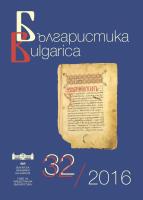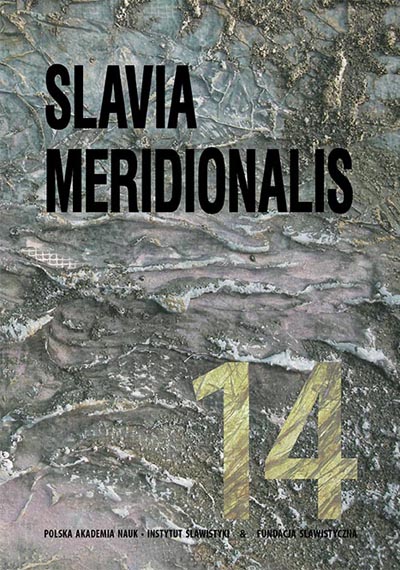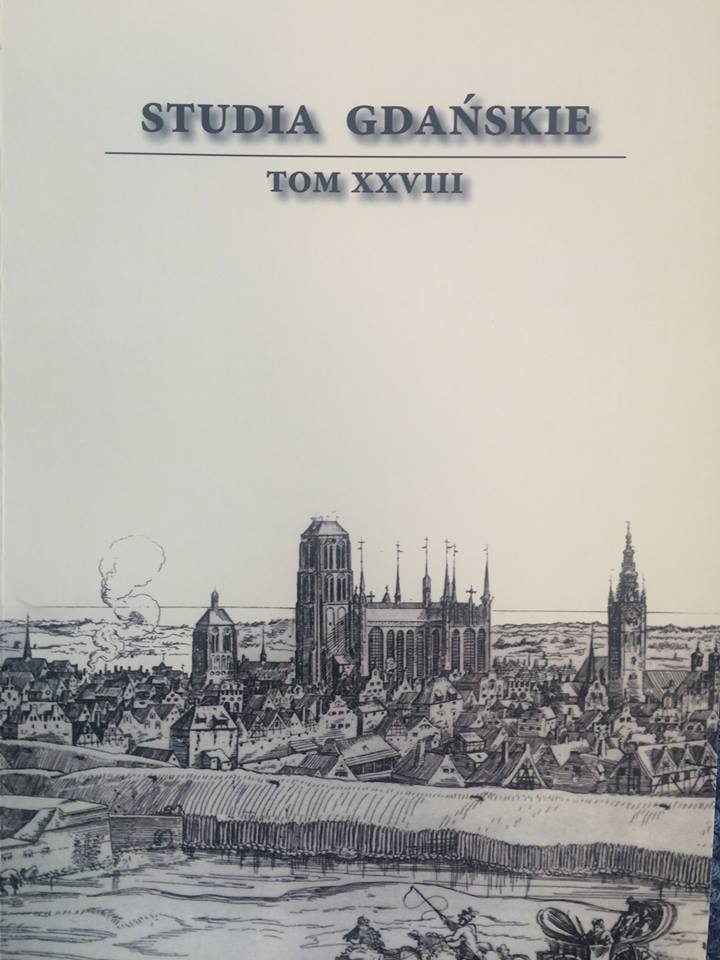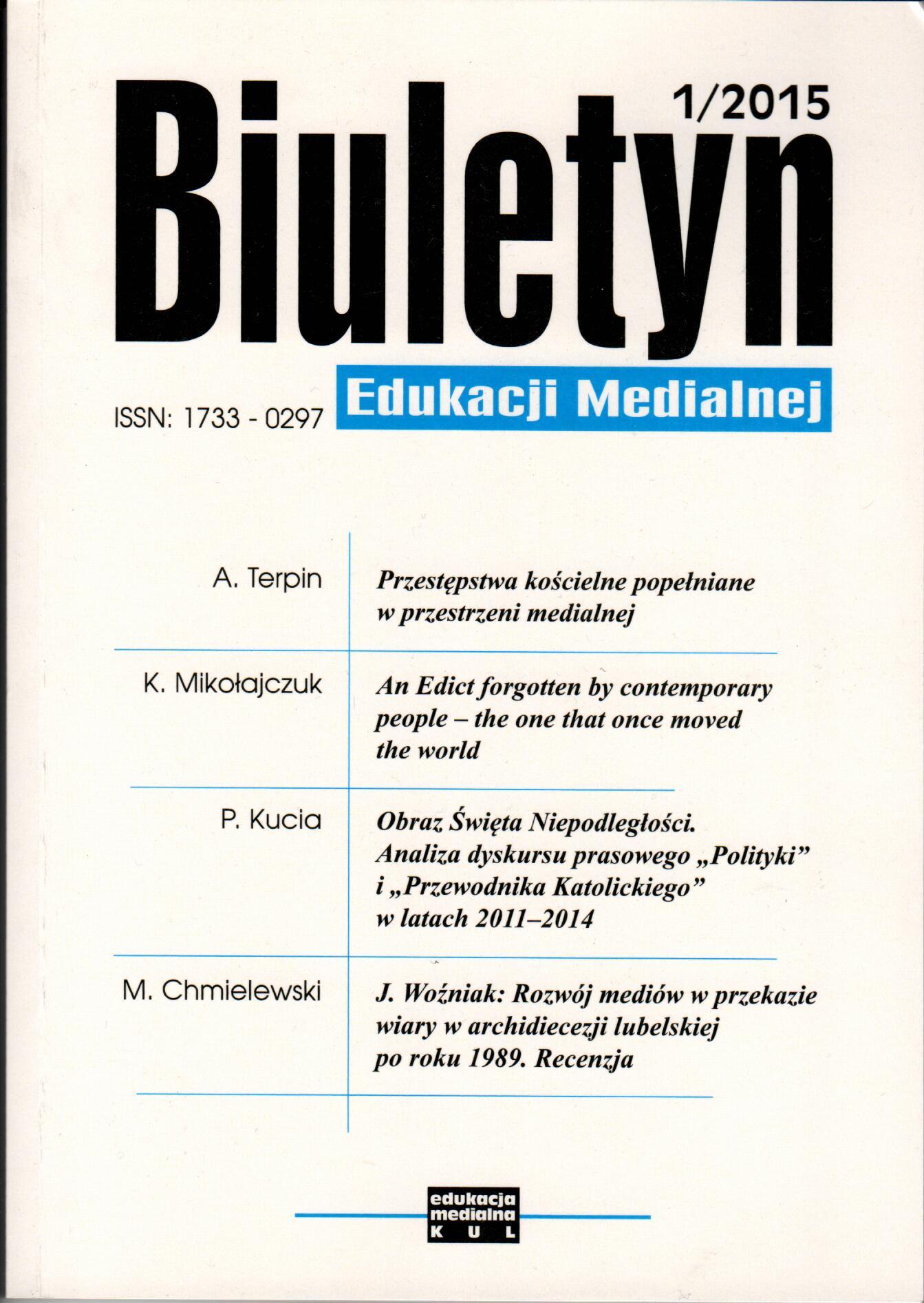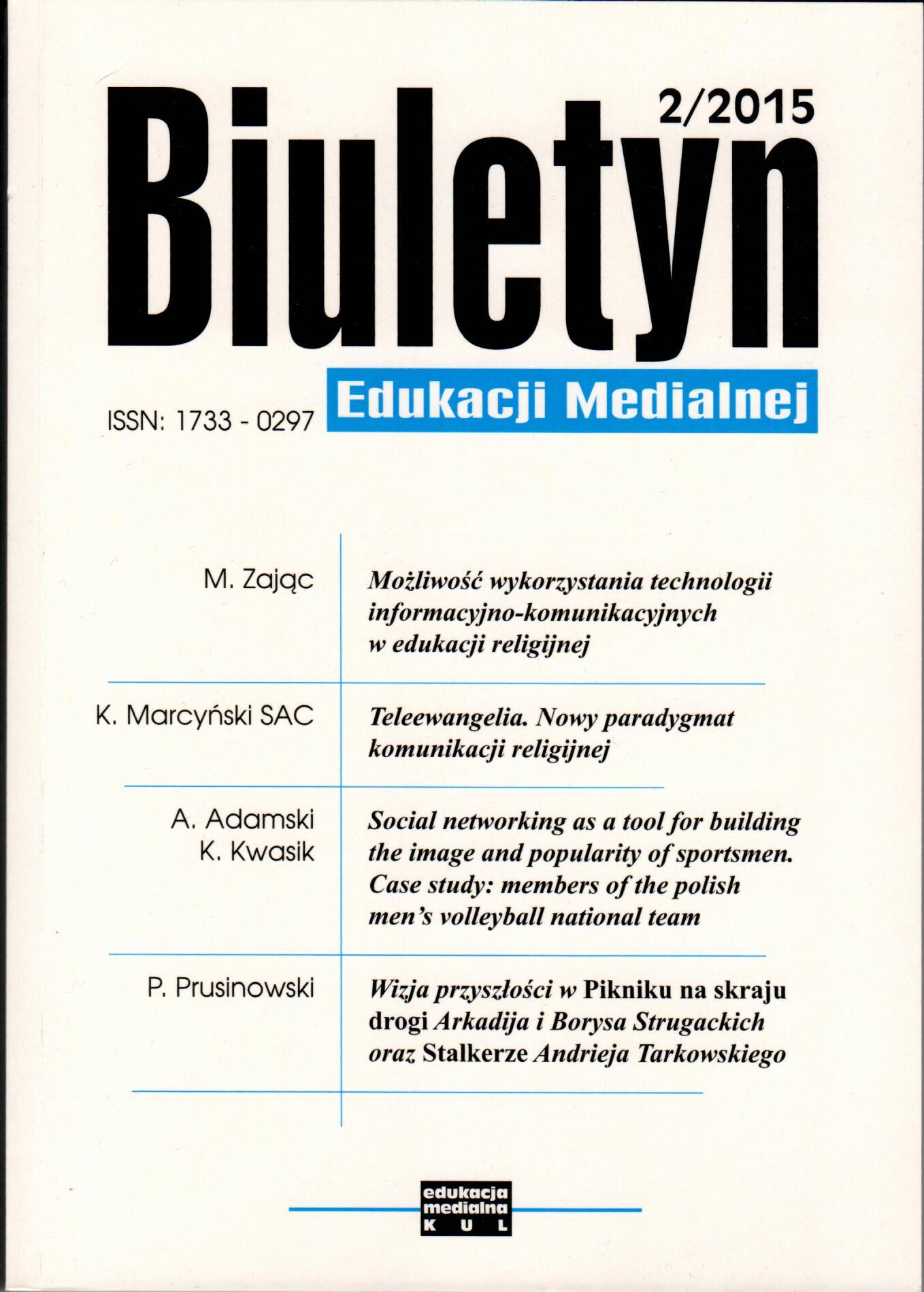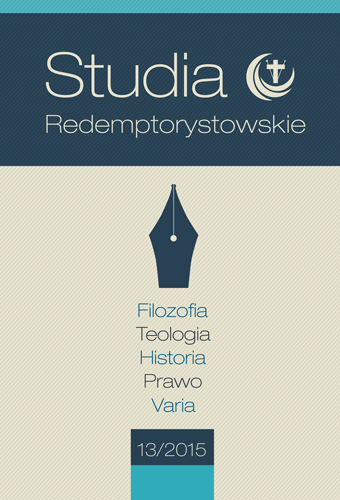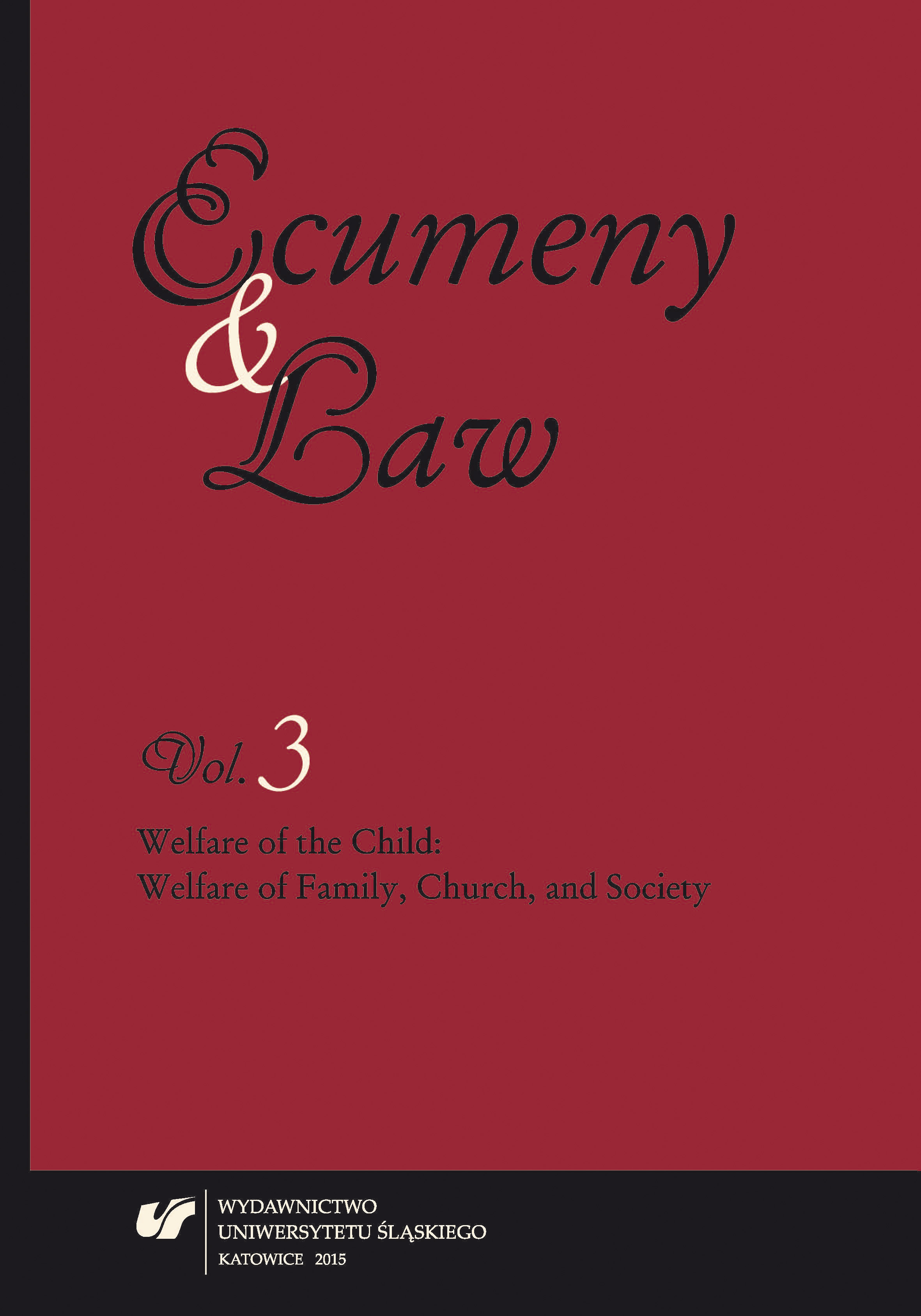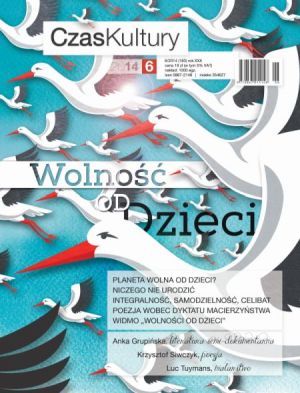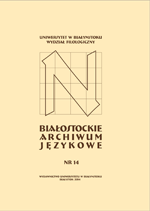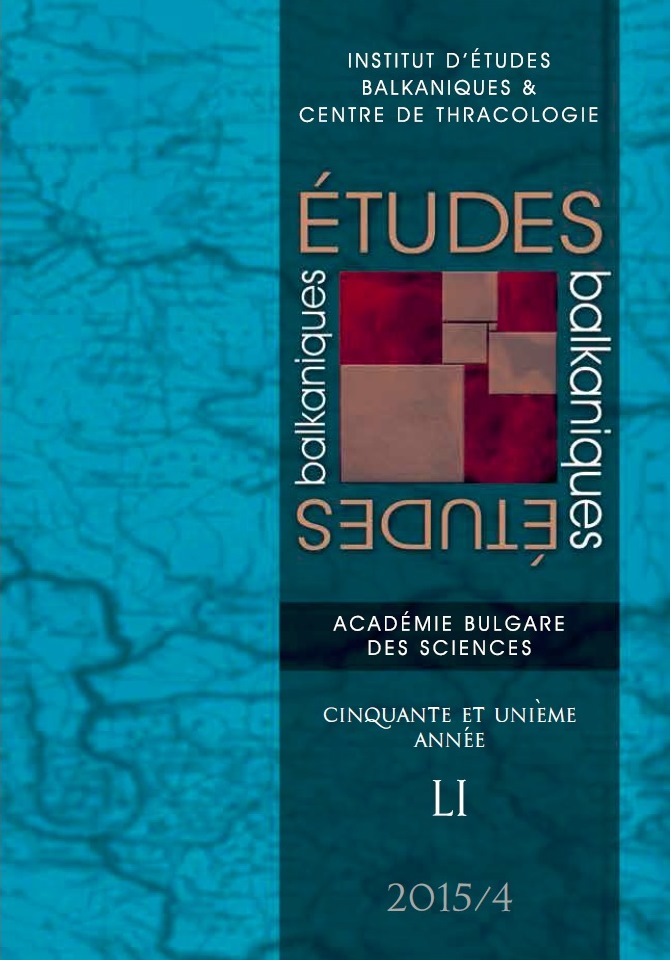
Catholic Missionary Activity in 17th Century Wallachia. New Findings in Bulgarian Archives
The lack of a collection of sources dedicated specially to the Catholic presence in 17th century Wallachia is an important obstacle in the effort to reconstruct the missionary activity in the above-mentioned territory. As a consequence the author focused his efforts to punctual contributions to the topic, based on researches carried out mainly in Bulgarian archives.The destiny of Catholicism in 17th century Wallachia was deeply influenced by the Franciscan missionaries Andrea Bogoslavić and Pietro Paolo Bruni. Bogoslavić defected from the observant to the conventual branch of the Franciscan Order, proclaimed himself bishop of Wallachia and demanded from the Saxons living in Târgovişte and Râmnic to pay him the tithe. The parishioners refused and embraced the Orthodox faith. Only 8 families remained loyal to the Roman Church in Târgovişte. The conventual friar Pietro Paolo Bruni, who replaced Bogoslavić in 1629, got involved in a dispute with the Catholic bishop of Sofia regarding the jurisdiction over the Franciscan monastery in Târgovişte. According to the sources, the ignorance of the vernacular languages used by the Catholic parishioners was the main cause of his failure.In 1644, during his pastoral visit in Wallachia, Petăr Bogdan Bakšić, the Catholic archbishop of Sofia, offers important information regarding the attitude of the Orthodox boyars towards Catholicism.The need for native clergy in the parish of Câmpulung could be fulfilled only 20 years after the reconversion of the Lutheran Saxon community to Catholicism. In 1659, after studying 12 years in Rome, Michele de Paulis returned home to serve as a priest. Between 1659 and 1662 he witnessed the Turkish and Tatar invasion, was twice enslaved and liberated, became sick of quart fever and plague but managed to survive. Between 1670 and 1674 Martin Tobias, another Franciscan born in Câmpulung, was active as a missionary among the Paulicians living south of the Danube. He also returned home to serve as a priest.
More...
